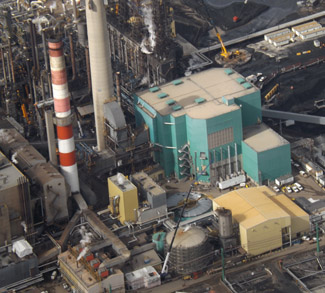Background
As 2015 draws to a close, energy company executives, shareholders, and workers – what’s left of them – are hoping there are better days to come. The year was another savage blow to the global oil industry. When markets closed out 2015, WTI crude was down 30.5% for the year, and a staggering 62.4% since 2014. The effects of the oil slump have been profound, from the micro impacts in oil-producing countries like Canada, the United States, Russia, and Iraq, to the macro-level deflationary drag that is impacting central bank policy around the world.
If the slump persists through 2016, as many are predicting, we will see companies and even governments sink into their sea of red ink. It’s an issue that carries serious geopolitical ramifications, and this forecast will explore where oil prices are headed in 2016 and, should they remain at current levels, which countries are most at risk of political and economic turmoil in the year to come.
Oil Price Outlook
The 2016 outlook for oil prices is firmly in negative territory. Most analysts believe that oil will trade in the $30-65 range over the year, with a few predicting a bottoming out at around $20 or a full recovery on the upper-end towards pre-2014 levels. Broadly speaking, the downward pressure on prices stems from a two-pronged supply glut caused by the tenacious shale producers that this OPEC policy was supposed to be throttling and new output from conventional, low-cost producers in the Middle East.
The past year has hit North American shale producers hard, of that there can be no doubt, but the industry has proven very resilient given the challenges it faces. The oil bust has produced capital expenditure cuts, layoffs, bankruptcies, and mergers, especially in complimentary industries such as oil services, but the oil majors have emerged relatively intact so far, albeit with fewer assets and heavier debt portfolios. Most importantly in terms of supply, US shale output has been incredibly resilient following a dip from its peak in April of this year. Last week output even increased by 23,000 a day, which helps explain why oil prices ended the year on a downward note.




